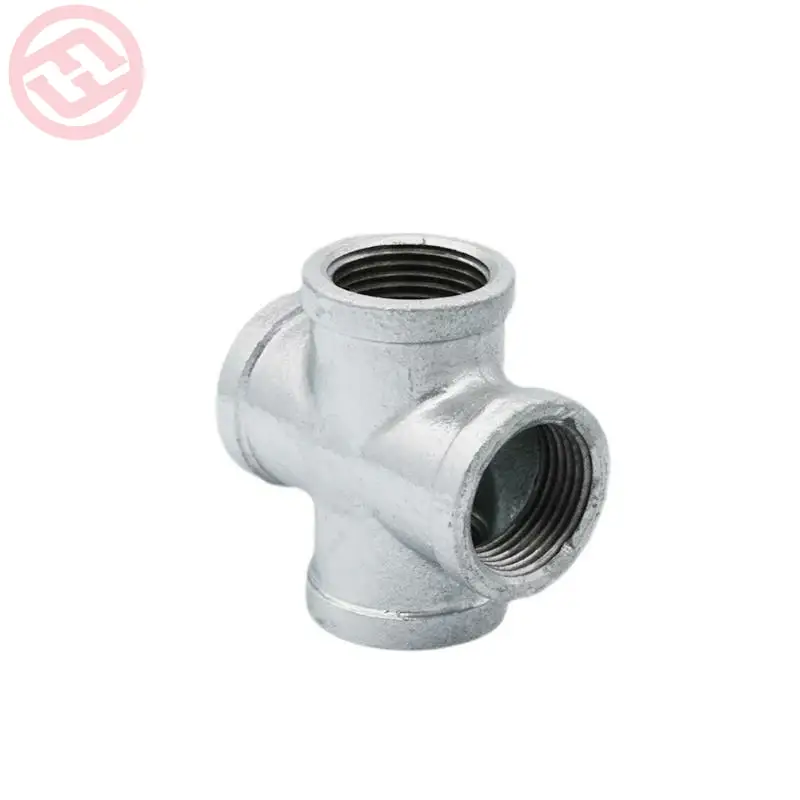Malleable iron fittings are commonly used in high-pressure applications due to their strength, durability, and ability to withstand elevated pressure conditions.
Here are key considerations regarding the performance of malleable iron fittings in high-pressure applications:
- Material Strength:
- Malleable iron fittings are known for their excellent strength and toughness. The malleability of the iron allows it to deform under stress without breaking, making it well-suited for applications where pressure loads are significant.
- Pressure Ratings:
- Malleable iron fittings are rated for specific pressure levels depending on factors such as size, design, and application. The pressure ratings are typically specified by the manufacturer and may vary based on industry standards.
- Threaded Connections:
- Malleable iron fittings often feature threaded connections, providing a secure and leak-resistant joint in high-pressure systems. Properly threaded connections contribute to the fittings’ ability to withstand pressure without compromising integrity.
- Versatility:
- Malleable iron fittings are versatile and suitable for a wide range of applications, including those involving high-pressure fluids or gases. They are commonly used in plumbing, industrial piping, and hydraulic systems.
- Application Types:
- Malleable iron fittings are employed in various high-pressure applications, including hydraulic systems, compressed air systems, steam lines, and water distribution systems. malleable iron fittings are used with They are chosen for their reliability and durability under pressure.
- Pressure Testing:
- Before installation, malleable iron fittings may undergo pressure testing to ensure their integrity. Manufacturers often conduct quality control tests to verify that the fittings can withstand the specified pressure levels without leaks or failures.
- Threaded Joints Sealing:
- Proper sealing of threaded joints is crucial in high-pressure applications. Sealants or thread compounds compatible with malleable iron fittings are applied to prevent leaks and enhance the joint’s resistance to pressure.
- Industry Standards Compliance:
- Malleable iron fittings are designed and manufactured in accordance with industry standards such as ASTM and ANSI. Compliance with these standards ensures that the fittings meet the necessary performance requirements for high-pressure applications.
- Size and Design:
- The size and design of malleable iron fittings play a role in determining their pressure-handling capacity. Larger fittings and those with robust designs may be suitable for higher pressure conditions.
While malleable iron fittings are suitable for many high-pressure applications, it’s crucial to adhere to manufacturer specifications, industry standards, and local codes to ensure proper selection and installation. Regular maintenance, inspections, and adherence to safety protocols contribute to the continued reliability of malleable iron fittings in high-pressure environments.
